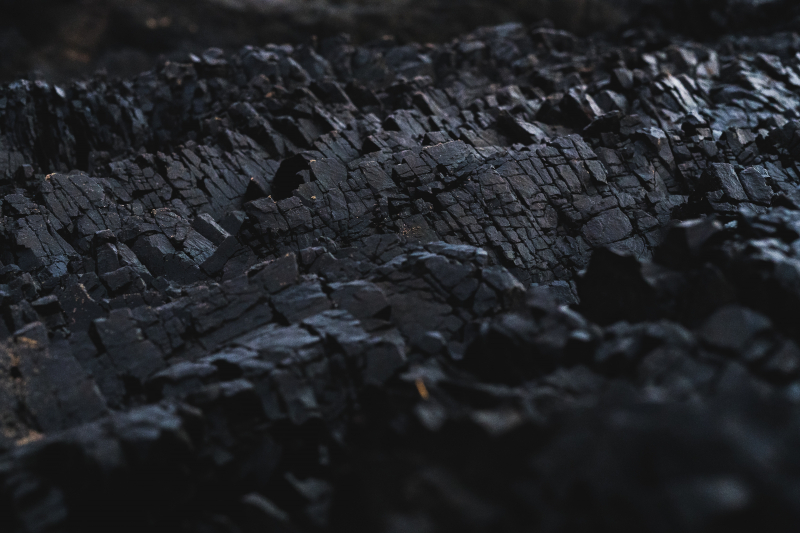Carbon Capture
Probably at some time, you've heard the phrase "carbon footprint," usually in reference to lowering it. The quantity of greenhouse gases that we produce through our daily activities is referred to as our "carbon footprint." They claim that lowering it will assist in saving the world, but let's be honest. It's a good idea to start at the local level, but major firms must take the lead since they are the ones doing the most harm. Expecting the average person to save the world without the assistance of big polluters reducing their footprints is a little bit dishonest.
The process of carbon capture involves capturing the carbon dioxide generated during industrial waste. Additionally, it can be drawn from the air. From there, you can choose between using or storing the item. If storing the CO2 is the goal, it is first concentrated and then placed deep below, generally in old aquifers or exhausted oil and gas reservoirs. In a way, it makes sense because the majority of those reservoirs almost certainly played a role in the initial production of CO2.
Additionally, carbon can be utilized in various contexts. It can be applied to the manufacture of steel, nanotubes, biofuel, concrete, and a variety of other items. The global goal of a 14% reduction in greenhouse gas emissions by 2015 is thought to be achievable using carbon capture. It might be the only workable way to lessen the hazardous gas concentrations in the atmosphere and slow down the impacts of climate change.












